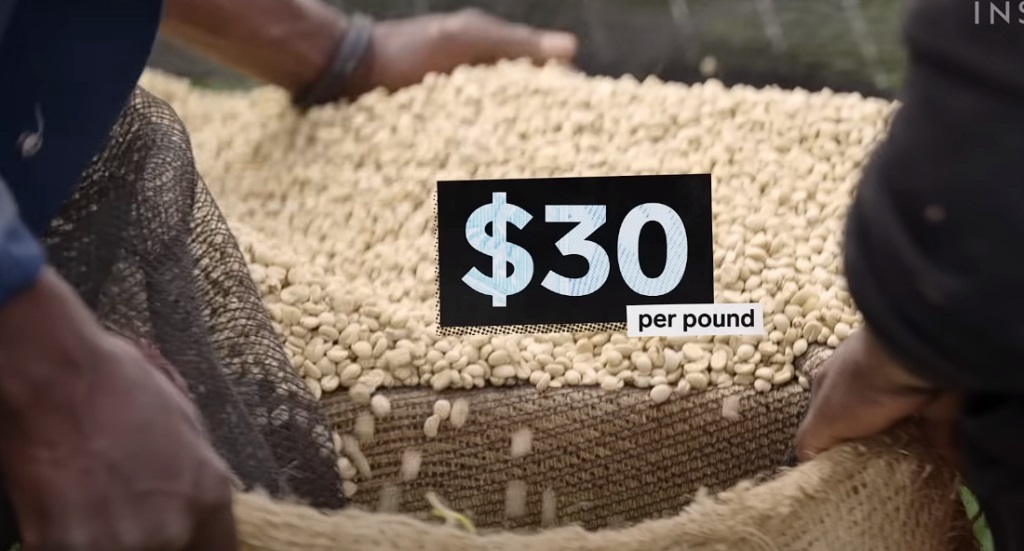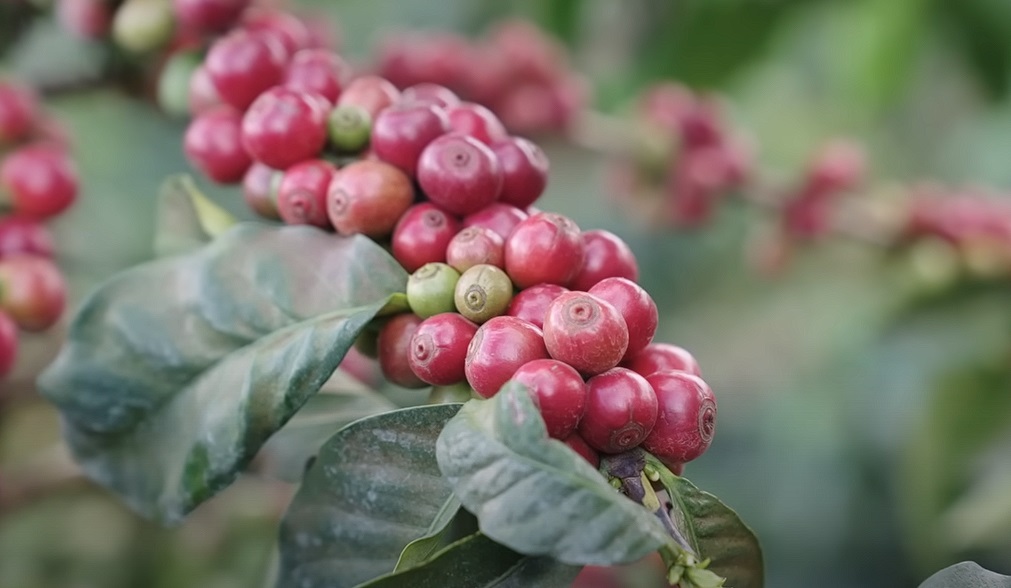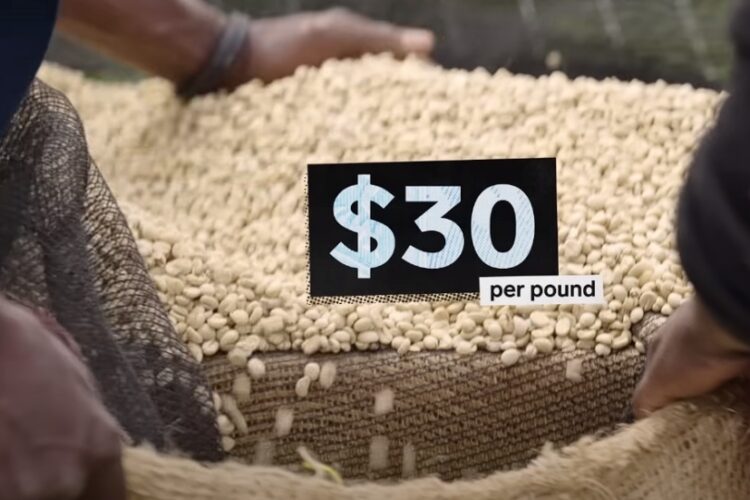Coffee lovers worldwide appreciate the exceptional qualities of single-origin coffee, renowned for its unique flavors and distinctive characteristics. However, the higher price tag associated with single-origin coffee often raises questions about what makes it so expensive.
In this comprehensive exploration, we delve into the fascinating world of single-origin coffee, unraveling the complexities that contribute to its elevated cost. Join us as we navigate the intricacies of coffee production, examine the significance of origin and quality, and dissect the market dynamics that influence pricing.

By gaining insight into the multifaceted nature of single-origin coffee’s expense, we can truly appreciate the remarkable journey that brings this extraordinary beverage to our cups.
Understanding Single-Origin Coffee:
Before we delve into the reasons behind its high price, let’s clarify what single-origin coffee entails. Single-origin refers to coffee sourced from a specific region, farm, or even a single estate. It embodies the distinct flavors and attributes unique to that particular origin, allowing coffee enthusiasts to experience the terroir and craftsmanship associated with specific coffee-growing regions.
Quality and Flavor Profiles:
One of the key factors that contribute to the expense of single-origin coffee is its unwavering commitment to quality. Coffee growers meticulously cultivate and process their beans to achieve exceptional flavor profiles that encapsulate the essence of the region.

Factors such as altitude, climate, soil composition, and sun exposure all influence the taste, resulting in nuanced and complex flavors that captivate the discerning palates of coffee connoisseurs.
Impact of Farming Practices:
The pursuit of quality in single-origin coffee extends to the farming practices employed by coffee producers. Many smallholders and specialty coffee farms adopt labor-intensive methods, such as handpicking cherries at optimal ripeness, ensuring that only the highest-quality beans make their way to consumers. These meticulous practices demand significant investments of time, effort, and resources, which directly contribute to the elevated cost of single-origin coffee.
Limited Supply and Exclusive Harvests:
The production volume of single-origin coffee is often limited compared to commodity-grade coffee. Certain regions or estates have constrained land availability for cultivation, resulting in smaller harvests. Moreover, some coffee farms produce exclusive micro-lots, highly sought-after for their exceptional flavors and available in limited quantities. The rarity and exclusivity of these coffees further contribute to their higher price points.
Price Disparities:
The pricing disparities within the coffee industry shed light on the cost variations between different types of coffee. In 2022, the average price for a pound of coffee in the United States was $5.89. However, specialty-grade single-origin coffees, renowned for their unparalleled quality, can easily surpass $30 per pound, with some exclusive harvests costing over $80 per pound. These significant price differences reflect the exceptional attributes and scarcity associated with single-origin coffee.
Roasting and Craftsmanship:
Roasting plays a vital role in unlocking the full potential of single-origin coffee. Experienced roasters carefully develop roast profiles that accentuate the unique flavor nuances of each origin. This meticulous attention to detail and craftsmanship requires expertise, experience, and investments in equipment and facilities, all of which contribute to the overall cost of the final product.
Transparency and Traceability:
Many single-origin coffees come with transparency and traceability, offering consumers insights into the coffee’s journey from farm to cup. Direct-trade relationships, partnerships between roasters and farmers, and transparent sourcing practices ensure fair compensation for producers. These ethical and traceable supply chains guarantee that a significant portion of the higher price paid by consumers reaches the hands of the hardworking coffee farmers.
Market Forces and Consumer Demand:
The demand for single-origin coffee has experienced steady growth as consumers increasingly seek unique flavor experiences and support sustainable and ethical practices. However, the overall supply of specialty-grade coffee remains limited, creating a delicate balance between supply and demand. Market forces, including fluctuations in commodity prices and production costs, influence the final price consumers pay for single-origin coffee.

Supporting Sustainability and Fairness:
While single-origin coffee may seem expensive, it is crucial to recognize the underlying efforts to promote sustainability and fair compensation throughout the supply chain. By choosing to invest in single-origin coffee, consumers contribute to a more equitable and sustainable coffee industry. This support empowers farmers, fosters long-term relationships, and ensures a better quality of life for producers, thereby fostering a positive impact on coffee-growing communities.
Conclusion:
The higher price associated with single-origin coffee stems from a combination of factors, including the pursuit of quality, limited supply, meticulous farming practices, and the craftsmanship involved in roasting. Furthermore, transparent sourcing, traceability, and ethical supply chains contribute to fair compensation for coffee producers.
By comprehending the intricacies behind single-origin coffee’s expense, we can develop a profound appreciation for the dedication, skill, and resources required to deliver this extraordinary beverage.
So, the next time you indulge in a cup of single-origin coffee, savor not only its exquisite flavors but also the stories and efforts woven into every sip.

